We help brands drive internal capability, operational and executional improvements to achieve excellence in brand, creative and e-commerce strategy execution. Providing services and solutions across strategy management, internal enablement, capability building and executional support provision.
Flagship clients
 (EMEA) 14 markets
(EMEA) 14 markets
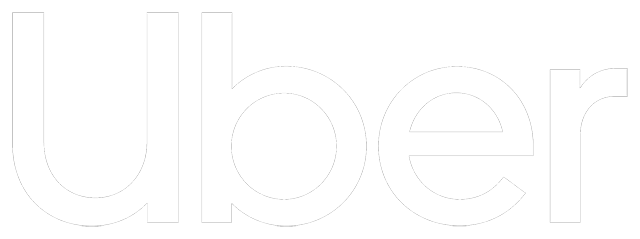 (EMEA) 47 markets
(EMEA) 47 markets
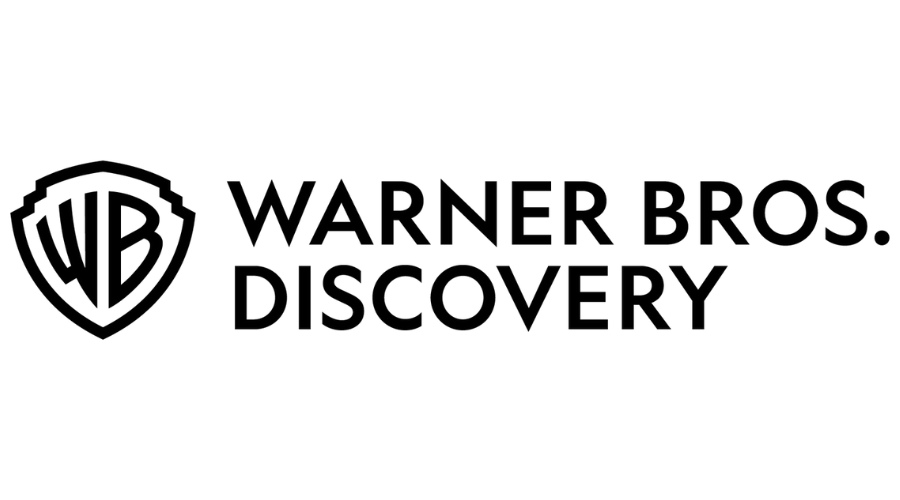 (EMEA) 17 markets
(EMEA) 17 markets
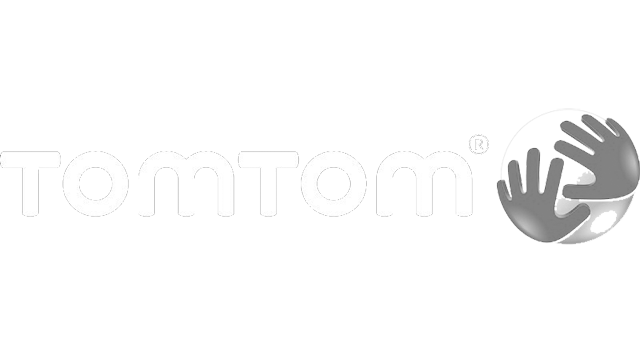 (WHQ)
(WHQ)
There is widespread recognition among leaders in most industries that the role of digital technology is rapidly shifting, from being a driver of marginal efficiency to an enabler of fundamental innovation and disruption. Digitalization is the cause of large-scale and sweeping transformations across multiple aspects of business, providing unparalleled opportunities for value creation and capture, while also representing a major source of risk. Business leaders across all sectors are grappling with the strategic implications of these transformations for their organizations, industry ecosystems and society. While it is clear that digital technology will transform most industries, there are a number of challenges that need to be understood. One of those are certainly are people - employees and impact digital transformation projects and initiatives are having on their professional lives.
Burden of digital transformation is born by employees who are expected, pressured and even forced to completely unlearn old ways of working and simultaneously learn new ones, all while being expected to perform & deliver results

Far away from top management board rooms and strategic uncertainties, digital transformation projects are creating completely different set of problems. Underneath strategic challenges, mesmerising digital future, and high digital growth ambitions, for average employees these transformational initiatives mean one thing : more responsibilities, bigger workloads and continuous inflow of new digital platforms to work with. This in turn creates a completely new category of challenges to an already stressed and informationally overloaded workforce - requirement to successful integrate all these new platforms into their daily workflows. Burden of digital transformation is being born by employees who are expected, pressured and even forced to completely unlearn old ways of working and simultaneously learn new ones, all while being expected to perform & deliver results as if nothing was happening.
Digital Transformation and Employee Backlash
Breakneck speed at which companies are commissioning development and deployment of new technologies into daily workflows is especially burdening to employees. Namely, problem with learning is that to embrace a new logic, we have to unlearn the old one. Unlearning is not about forgetting, it's about the ability to choose an alternative mental model or paradigm. When we learn, we add new skills or knowledge to what we already know. When we unlearn, we step outside the mental model in order to choose a different one. And for all of these it takes, time, patience and a lot of effort. So it is no wonder that digital transformation initiatives, championed by corporate management, are met with employee resistance and skepticism.
Problem of digital transformation programs is that most often they disregard its key element - people and change it entails for them.
Problem of digital transformation programs is that most often they disregard its key element - people and change it entails for them. Imagine an organisation-wide new software implementation. As an employee, you are competent using the old platform, and don’t necessarily understand the need for a new system. What you do understand is: this will require effort to relearn basic functions. Consciously or subconsciously, you might fear the change will hurt your job performance. To put it simply, change is scary — and challenging. This is especially true for a current workforce structure which is multigenerational - for most companies 5 generations are currently in the workforce. Millennials and gen Z are working side by side with baby-boomers. Failure to successfully master new software solutions that are being thrown on employees, almost on a constant basis, will mostly likely increase job security anxiety, especially for older generations whose personal lives aren't permeated with technology and who aren't as comfortable using new technologies. And, by all means, being comfortable with only the most basic way to use a digital tool is not enough; employees need to be fully comfortable utilising these tools to their full extent. The same is true for your customers and users.
To put it simply, change is scary — and challenging.
Employee Resistance & Emotional Responses to Digital Transformation Change
Digital transformation involves technologies and humans. Unfortunately, we tend to ignore the latter (humans) when leading change. It’s perhaps the most critical — and most overlooked — success factor in digital transformation today. Change may be positive, but getting everyone to buy into that change isn’t easy. Taking into account above mentioned, this is especially true for digital transformation and change it entails for employees.

Maintaining an existing habit is easier than changing. Trying something new means there is a possibility of failure. Most people prefer to stay in their comfort zone then venture into an unknown territory. Even individuals who claim to enjoy change may find it challenging in the workplace. After all, choosing to make a change in one’s personal life is very different than accepting top-down organizational change. Resistance to change in the workplace occurs because most often employees don’t have a choice. This triggers a sense of lost control and uncertainty.
Resistance to change in the workplace occurs because most often employees don’t have a choice.
Change can affect the nature of our work, where we work, when we work, how we make decisions, and how we communicate. Change can impact our identity, our sense of belonging, and our relationships with coworkers, clients, and customers. Emotional reactions to change are a normal reaction to the real and perceived disruption that accompanies organizational change. The Kübler-Ross change curve is often cited as an emotional mapping of the resistance that we generally have to change.
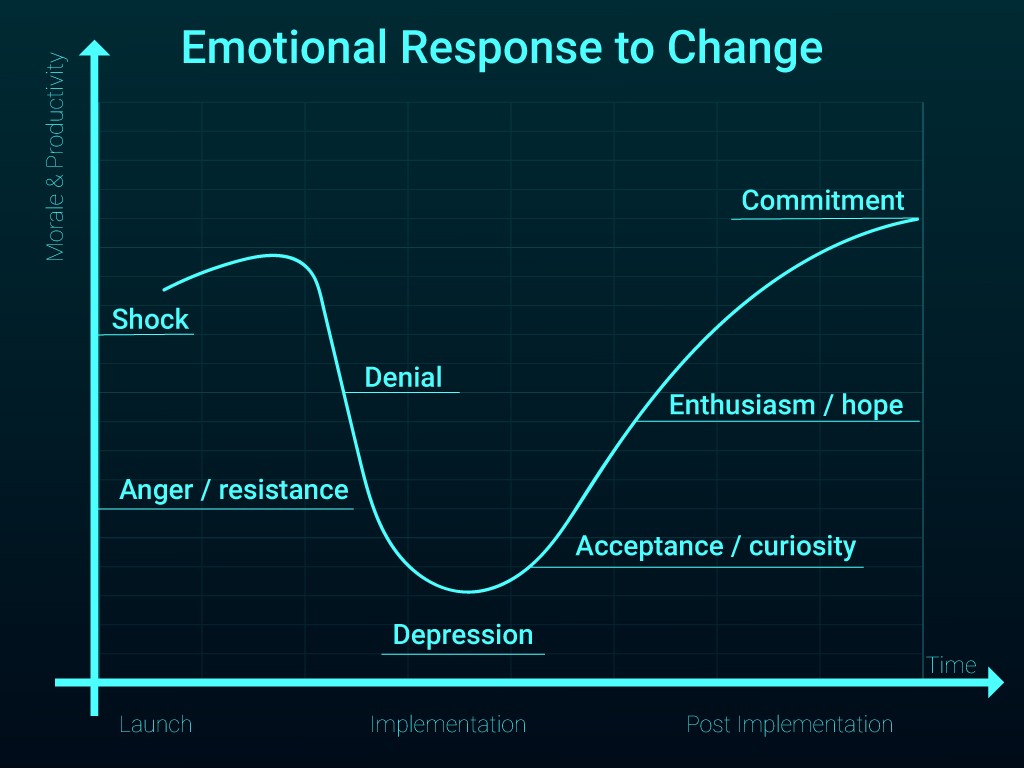
Elisabeth Kübler-Ross had spent many years working with individuals with terminal illnesses and also with their families. In doing so, she identified several emotions that were commonly emerging for the patients. They often found themselves in shock and then denial, they would become angry, they would bargain for more time, they would become depressed and maybe, just maybe they may come to accept what was happening to them. And throughout that time they would have an underlying hope that a miracle would occur and they would be spared. Very similar if not same process happens when employees, teams and organisations are faced with changes entailed by introduction of new digital technologies. When a substantial change happens, many parts of the organisation are affected and go through this curve and at different rates.
The issue is, while people are increasingly more tech-savvy, that doesn’t mean your entire organisation is ready to fully leverage any software you put in their hands.
Digital Adoption - Key to Overcoming Resistance to Change and Successful Implementation of Digital Transformation Projects
The issue is, while people are increasingly more tech-savvy, that doesn’t mean your entire organisation is ready to fully leverage any software you put in their hands. People use so many digital tools on a daily basis that it can become quite difficult to keep up and really spend the time getting to know what a tool can do for them – whether they’re customers using one of your new digital apps or employees using a tool provided by the organization.
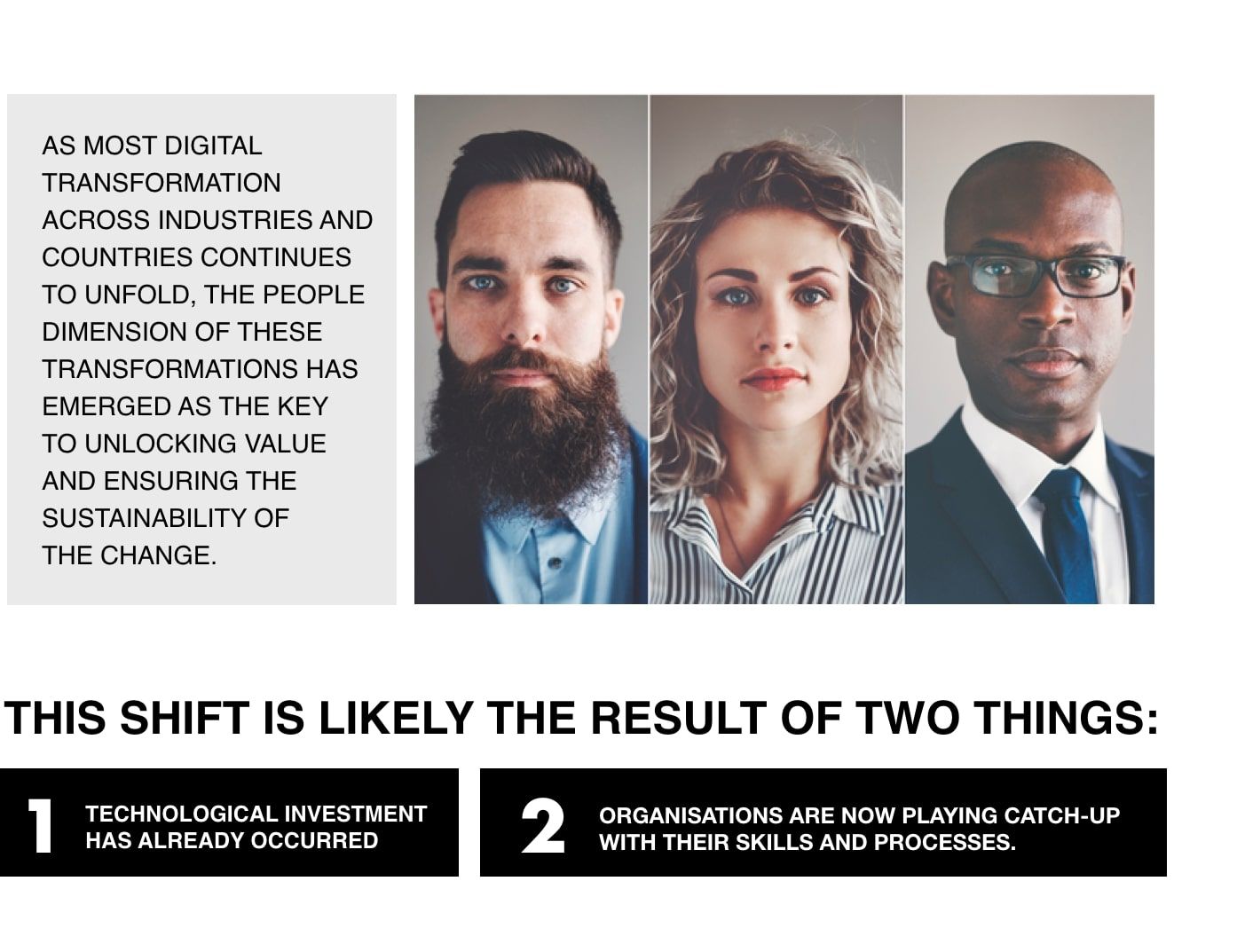
When facing resistance to change to planned or undergoing digital transformation projects it's important to realise emotional background to it. In these instances, digital adoption or user adoption programs become crucial enablers of successful implementation of digital transformation projects. Namely, digital adoption is defined as achieving a state in which digital tools are being used as intended, and to the fullest extent. Digital adoption, quite simply, refers to achieving a state within your company where all of your digital tools and assets are leveraged to the fullest extent. Adopting technology to its fullest extent will essentially allow you to get a return on investment (ROI) on your digital assets; in other words, you’re not just spending money on the latest tools and technologies but you’re actually taking full advantage of them and getting all the benefits you can get. Consider the computer in your pocket — your smartphone. While your grandmother might only use hers to make and receive calls, for the average user it is an extension of the self. For example, if you only use your iPhone as a portable calculator. You use this digital device, but you're not utilising anything near its full capabilities.
User adoption or digital adoption strategies represent a plan of action, designed to achieve a long-term or overall aim within an organisation and are crucial to the new technology’s success. Without a good strategy, you will not get the seamless transition you are hoping for. There will be dissatisfaction, frustration, technical problems, and general chaos.
Our user adoption team believes you have to ease the change for employees and prepare them for the transition as a team. That’s possible when executive and program team leaders communicate designs, definitions, processes, and information about functionality with key stakeholders as soon as decisions are made.
If you are planning or currently undergoing digital transformation projects, and need help with digital adoption, contact us today. for a commitment FREE consultation.
---------------------------------------------------------------------------------------------------------------
References :
Kate Sikerbol "Managing Emotional Reactions to Organizational Change" https://irc.queensu.ca/articles/managing-emotional-reactions-organizational-change
World Economic Forum and Accenture, "Digital Transformation of Industries Demystifying Digital and Securing $100 Trillion for Society and Industry by 2025" https://www.accenture.com/t00010101t000000z__w__/ru-ru/_acnmedia/accenture/conversion-assets/dotcom/documents/local/ru-ru/pdf/accenture-digital-transformation.pdf
Mark Bonchek, HBR.ORG, "Why the Problem with Learning Is Unlearning" https://hbr.org/2016/11/why-the-problem-with-learning-is-unlearning
WalkMe Blog : "Top 6 strategies to overcome resistance to change" https://blog.walkme.com/change-6-strategies-overcome-resistance/
Lilach Bullock, Forbes.com : "What Is Digital Adoption And Why You Really Need To Know About It" https://www.forbes.com/sites/lilachbullock/2018/12/10/what-is-digital-adoption-and-why-you-really-need-to-know-about-it/
